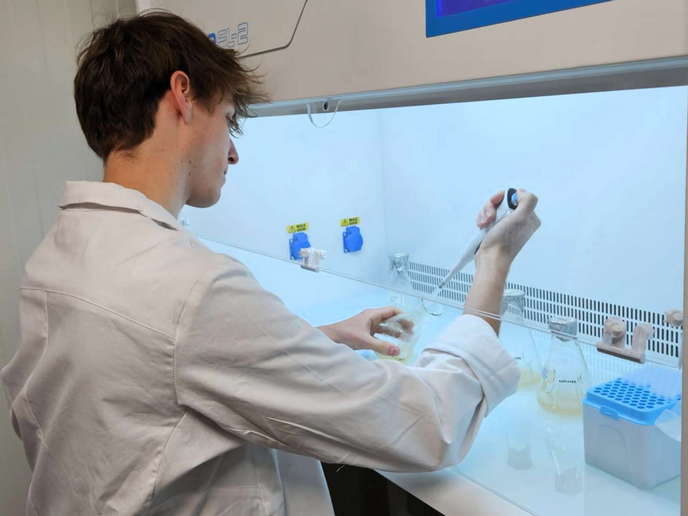Laundry with less water and less time
Coating and encapsulation of active ingredients such as bleach in detergents can significantly improve effectiveness. Compaction to produce highly concentrated formulations reduces required packaging material, the load that must be transported (and associated gasoline and emissions), and the space required on store shelves. An EU consortium advanced the state of the art and its applications with development of new technologies for stabilising and confining active fluids with EU support of the CAP-IT! (Advanced encapsulation technology for sustainable detergency) project. The team focused on targeted timed delivery of improved actives with no leakage for effective release at the appropriate moment. The advanced coating and encapsulation technologies support reduced use of detergency and packaging materials and a reduction in transportation costs and emissions. Improved active chemistries enable lower wash temperatures and shorter wash cycles, overcoming the disadvantages of current encapsulation processes and reducing energy consumption. Seven partners from industry together with academics carried out a fruitful and well-planned knowledge and personnel exchange programme to reach objectives for sustainable detergency. The project combined academic knowledge regarding characterisation, wall materials, encapsulation processes and process modelling with industrial expertise covering encapsulation techniques, process up-scaling and industrial requirements. High-throughput screening of more than 100 actives and wall material combinations enhanced understanding of utility for consumer goods applications. Traditional and microfluidics particle production processes were developed and/or assessed to determine which processes were suitable for specific actives and shell materials. Further, more than 10 advanced particle characterisation methods were exploited and new analytical methods developed to assess properties such as the amount of active in the shell, the shell porosity and diffusion mechanisms. All efforts were supported by development of a holistic model to predict properties and life-cycle analysis to ensure overall sustainability. Establishment of success criteria for the combinations of active and shell materials not only supported identification of optimal combinations for detergency, it also revealed new applications outside the realm of fluid consumer goods. CAP-IT! results have been published in peer-reviewed scientific journals. The project's success will support a knowledge-based economy for Europe, sustainable detergency and a competitive position for the EU in an important global market.
Keywords
Active ingredients, detergents, encapsulation technology, detergency, microfluidics







